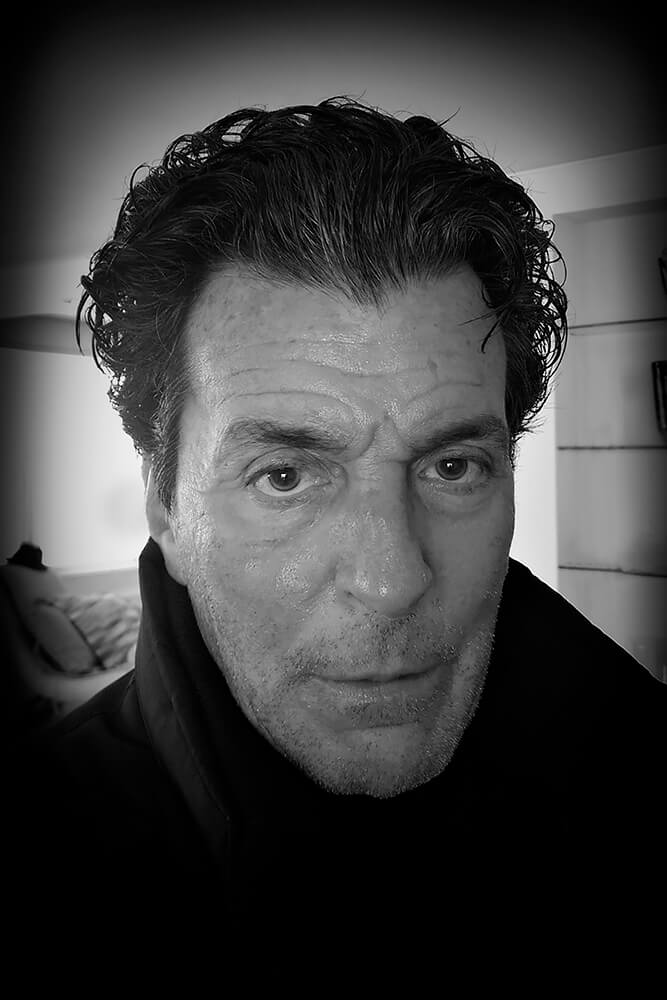Robert Virga is a photographer residing in the New York City metropolitan area. Though largely self-taught, he has taken Master Classes with Mary Ellen Mark and Bruce Davidson. Working with film and the traditional darkroom, his street photography portrays a social landscape of extremes, capturing reality at its most expressive. Richly emotional, lyrical and untainted by interference or staged detail. A tableau of relationships, the human condition, life and death. Reminding us of how large a fraction of what we see won't exist in its present form only a moment from now.
A humanist portrayal...candid and without comment or sentimentality, un-selfconscious in its theatricality and self-presentation. Displaying ourselves with grace and self-confidence, a sense of timelessness...and a little humor. In solitude and freed from any mystery.
Social documentary and romanticism combined in the same instant. Our lives, in a matter of seconds, are caught in the act... where the obvious and mundane transition into something more provocative.
His work has been featured in both solo and group exhibitions in the United States, Italy and Spain. In addition, he has been published and reviewed in, among others, Black and White Magazine, Photography Gala Awards, FotoNostrum Gallery, Urban Photo Awards, and winner of the 14th Pollux Street Photography Award.
